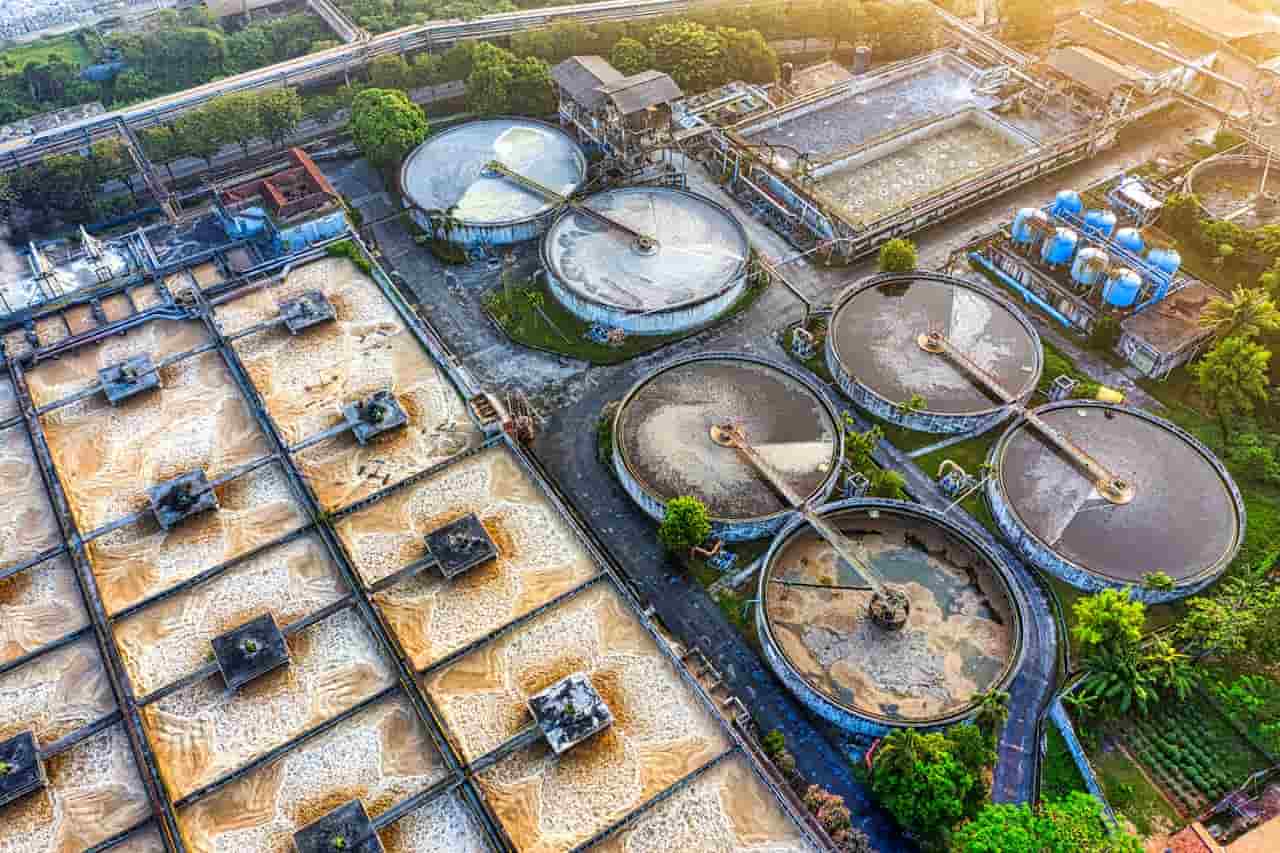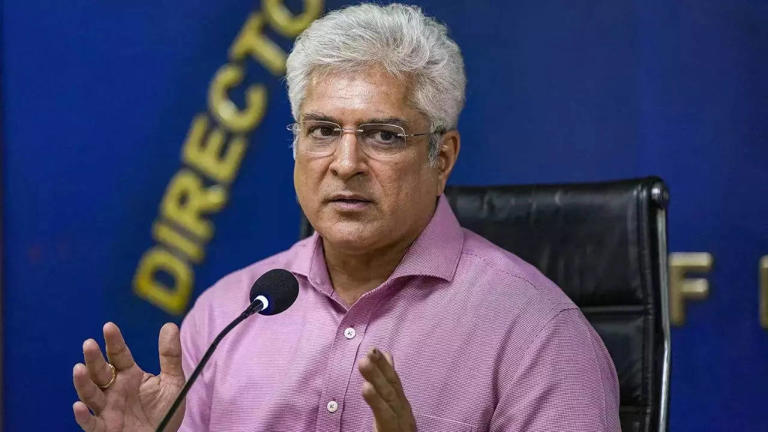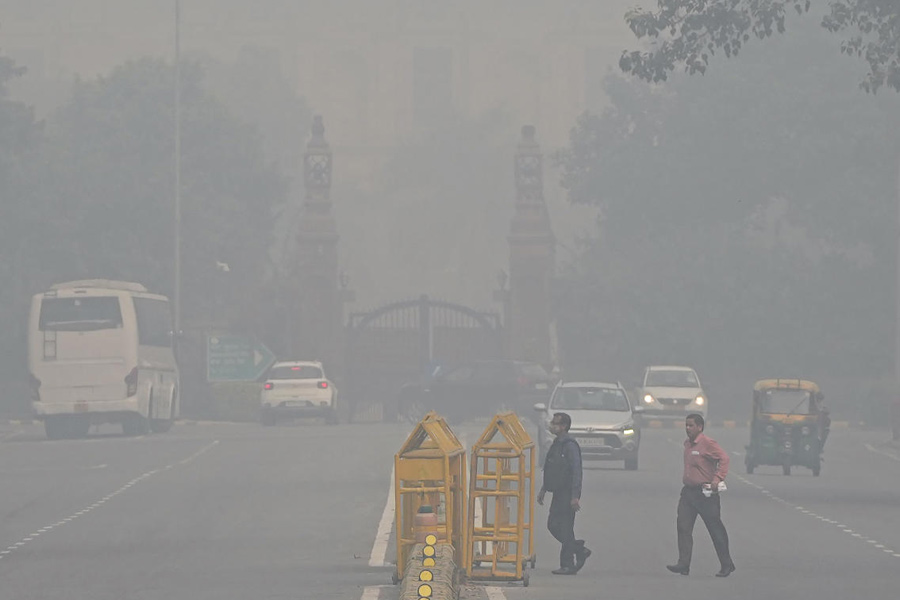Home / dehradun / Dehradun to Get a 14-Kilometer Elevated Corridor to Ease Traffic
Dehradun to Get a 14-Kilometer Elevated Corridor to Ease Traffic
By: My India Times
3 minutes read 52Updated At: 2024-12-21
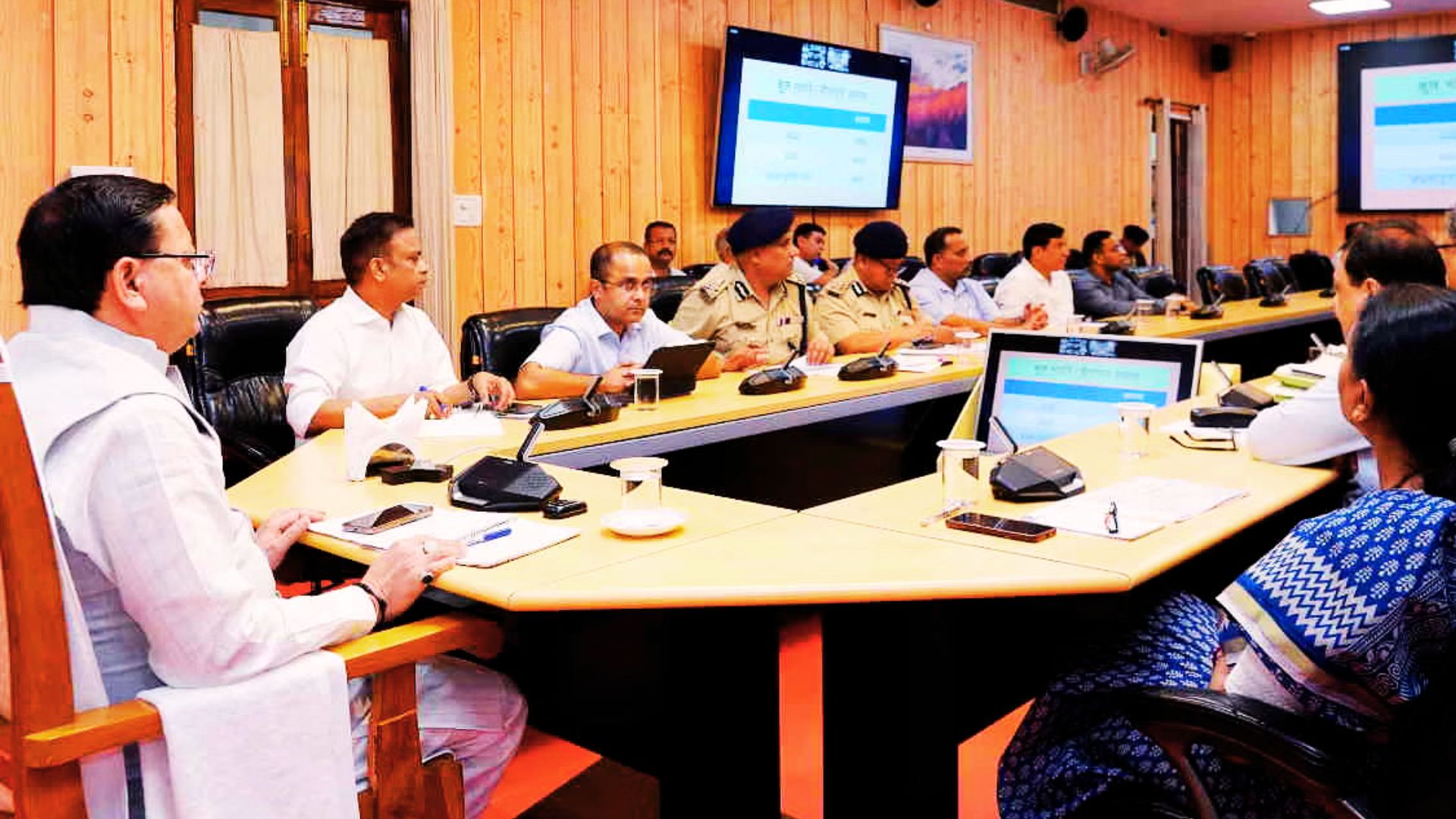
Dehradun, the capital city of Uttarakhand, is gearing up for a major infrastructure upgrade with the construction of a 14-kilometer-long elevated corridor. The National Highway Authority of India (NHAI) is undertaking this project, which aims to substantially alleviate traffic congestion in the city and enhance connectivity. The corridor is designed to extend from ISBT to Mohkampur, encompassing key areas such as Ajabpur, Rispana, and the Legislative Assembly. This initiative will be pivotal in managing the increasing vehicular load in the city, especially as Dehradun continues to evolve into a prominent commercial and residential hub.
Preparing for Dehradun’s Future Traffic Needs
The elevated corridor is not just a solution for current traffic woes but also a preparation for future challenges. As the construction of the six-lane Dehradun-Delhi Expressway progresses, the city is expected to experience a rise in vehicular traffic, which will further stress its already congested roadways. The establishment of an elevated pathway designed for high-speed travel will facilitate smooth movement for daily commuters and incoming traffic from the highways, minimizing disruption to ground-level road users.
Route and Structure of the Elevated Corridor
The proposed corridor will begin from Asharodi and pass through ISBT, Cargi Chowk, Purani Chowki, and Doon University, before connecting to the Ajabpur flyover. From there, it will continue through Rispana and the Legislative Assembly, ultimately ending at Mohkampur. Down ramps will be strategically built at busy locations like Dharampur and Ajabpur to ensure easy access to the elevated road for vehicles. The construction will utilize advanced engineering techniques to ensure the corridor's durability and its capability to accommodate substantial traffic for years ahead.
Collaborative Initiatives to Foster Progress
This project represents a concerted collaboration among various governmental agencies. Initially, the Ajabpur-Mohkampur stretch of the highway was under the jurisdiction of the National Highway (NH) department, which had plans to develop it independently. However, after discussions at the state government level, the NH department agreed to hand over this segment to NHAI, enabling the construction of the entire elevated corridor under one authority. The state’s Public Works Department has already approached the Ministry of Road Transport and Highways for the necessary approvals, and officials are optimistic that the clearance will come through soon.
Benefits of the Elevated Corridor
The benefits of this elevated corridor are manifold. It will dramatically reduce travel time for commuters and alleviate the traffic pressure on key intersections. Vehicles will no longer be stuck in long jams, particularly during peak hours, which will result in significant fuel savings and reduced pollution levels in the city. Additionally, the corridor will enhance the city’s appeal as a modern urban center, promoting economic activities, tourism, and overall ease of living.
Addressing the City’s Traffic Woes
Dehradun has previously seen efforts to manage traffic through the construction of flyovers at Ballupur, Balliwala, Ajabpur, Mohkampur, and ISBT, along with widening projects on Sahastradhara Road. While these initiatives have provided temporary relief, they have not been sufficient to handle the growing traffic volume. The elevated corridor, spanning 14 kilometers and connecting critical areas, is a more comprehensive solution that addresses both current and future needs.
A Modern Infrastructure for a Growing City
The project is expected to be completed within two to three years after receiving the necessary approvals. Once operational, it will transform the way people commute within the city and to neighboring areas. By reducing congestion, improving safety, and ensuring faster travel, the elevated corridor will set a new benchmark for urban infrastructure in Dehradun. This development marks a significant step forward in the city’s journey towards becoming a modern, commuter-friendly capital.
....Dehradun, the capital city of Uttarakhand, is gearing up for a major infrastructure upgrade with the construction of a 14-kilometer-long elevated corridor. The National Highway Authority of India (NHAI) is undertaking this project, which aims to substantially alleviate traffic congestion in the city and enhance connectivity. The corridor is designed to extend from ISBT to Mohkampur, encompassing key areas such as Ajabpur, Rispana, and the Legislative Assembly. This initiative will be pivotal in managing the increasing vehicular load in the city, especially as Dehradun continues to evolve into a prominent commercial and residential hub.
Preparing for Dehradun’s Future Traffic Needs
The elevated corridor is not just a solution for current traffic woes but also a preparation for future challenges. As the construction of the six-lane Dehradun-Delhi Expressway progresses, the city is expected to experience a rise in vehicular traffic, which will further stress its already congested roadways. The establishment of an elevated pathway designed for high-speed travel will facilitate smooth movement for daily commuters and incoming traffic from the highways, minimizing disruption to ground-level road users.
Route and Structure of the Elevated Corridor
The proposed corridor will begin from Asharodi and pass through ISBT, Cargi Chowk, Purani Chowki, and Doon University, before connecting to the Ajabpur flyover. From there, it will continue through Rispana and the Legislative Assembly, ultimately ending at Mohkampur. Down ramps will be strategically built at busy locations like Dharampur and Ajabpur to ensure easy access to the elevated road for vehicles. The construction will utilize advanced engineering techniques to ensure the corridor's durability and its capability to accommodate substantial traffic for years ahead.
Collaborative Initiatives to Foster Progress
This project represents a concerted collaboration among various governmental agencies. Initially, the Ajabpur-Mohkampur stretch of the highway was under the jurisdiction of the National Highway (NH) department, which had plans to develop it independently. However, after discussions at the state government level, the NH department agreed to hand over this segment to NHAI, enabling the construction of the entire elevated corridor under one authority. The state’s Public Works Department has already approached the Ministry of Road Transport and Highways for the necessary approvals, and officials are optimistic that the clearance will come through soon.
Benefits of the Elevated Corridor
The benefits of this elevated corridor are manifold. It will dramatically reduce travel time for commuters and alleviate the traffic pressure on key intersections. Vehicles will no longer be stuck in long jams, particularly during peak hours, which will result in significant fuel savings and reduced pollution levels in the city. Additionally, the corridor will enhance the city’s appeal as a modern urban center, promoting economic activities, tourism, and overall ease of living.
Addressing the City’s Traffic Woes
Dehradun has previously seen efforts to manage traffic through the construction of flyovers at Ballupur, Balliwala, Ajabpur, Mohkampur, and ISBT, along with widening projects on Sahastradhara Road. While these initiatives have provided temporary relief, they have not been sufficient to handle the growing traffic volume. The elevated corridor, spanning 14 kilometers and connecting critical areas, is a more comprehensive solution that addresses both current and future needs.
A Modern Infrastructure for a Growing City
The project is expected to be completed within two to three years after receiving the necessary approvals. Once operational, it will transform the way people commute within the city and to neighboring areas. By reducing congestion, improving safety, and ensuring faster travel, the elevated corridor will set a new benchmark for urban infrastructure in Dehradun. This development marks a significant step forward in the city’s journey towards becoming a modern, commuter-friendly capital.
By: My India Times
Updated At: 2024-12-21
Tags: dehradun News | My India Times News | Trending News | Travel News
Join our WhatsApp Channel



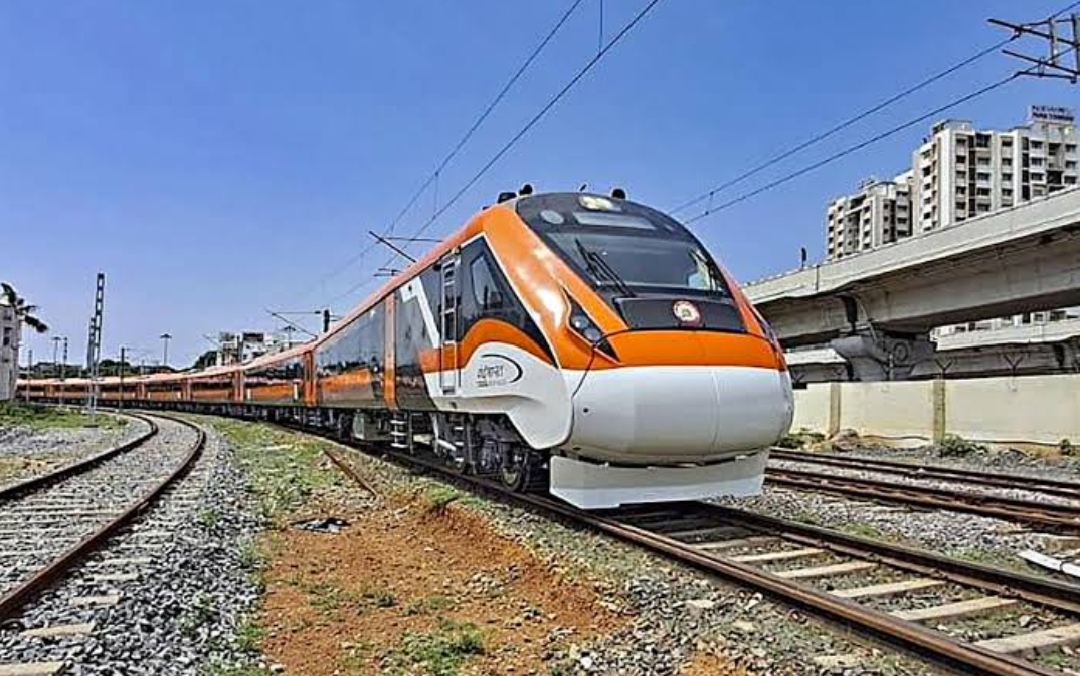


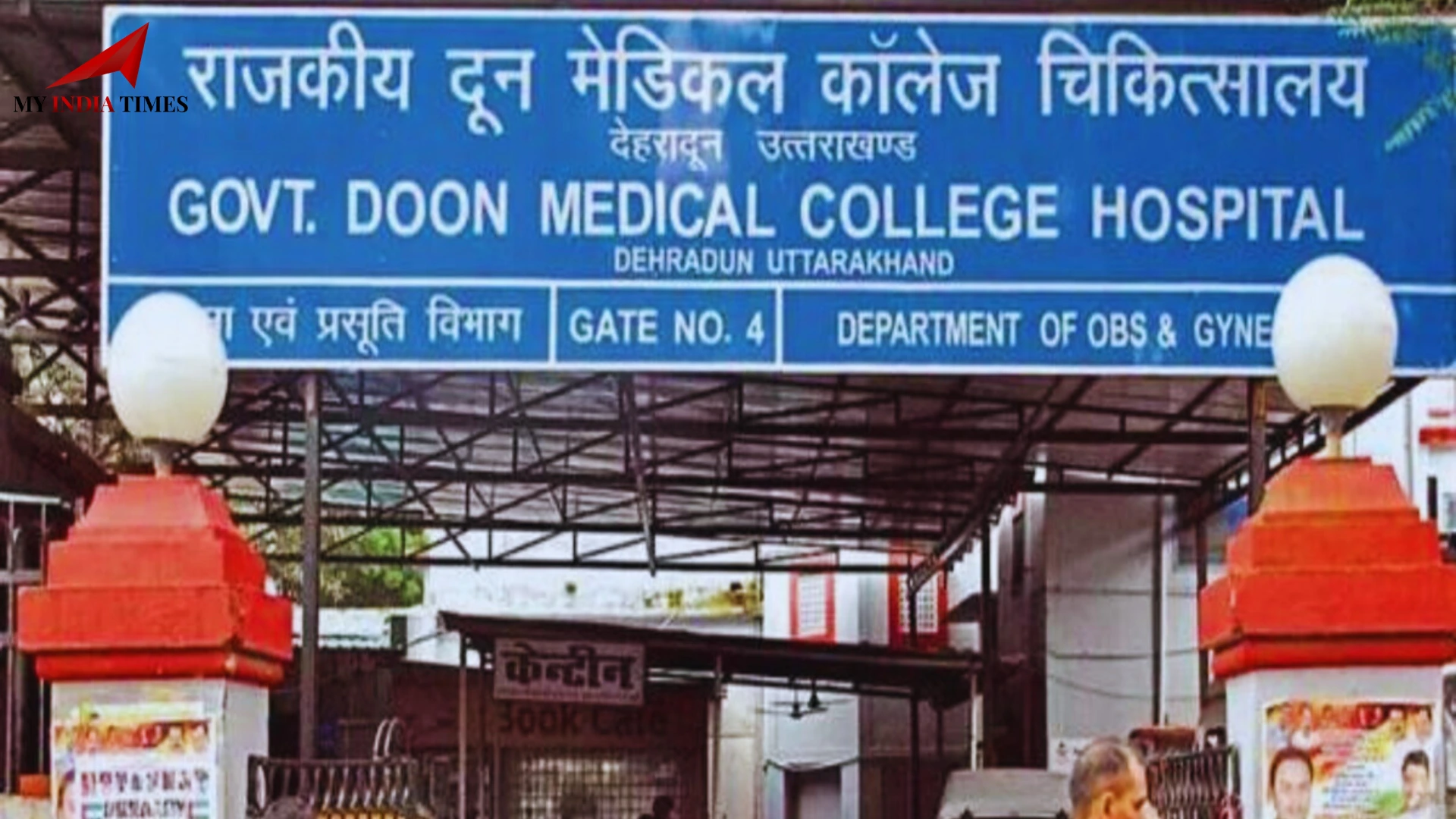
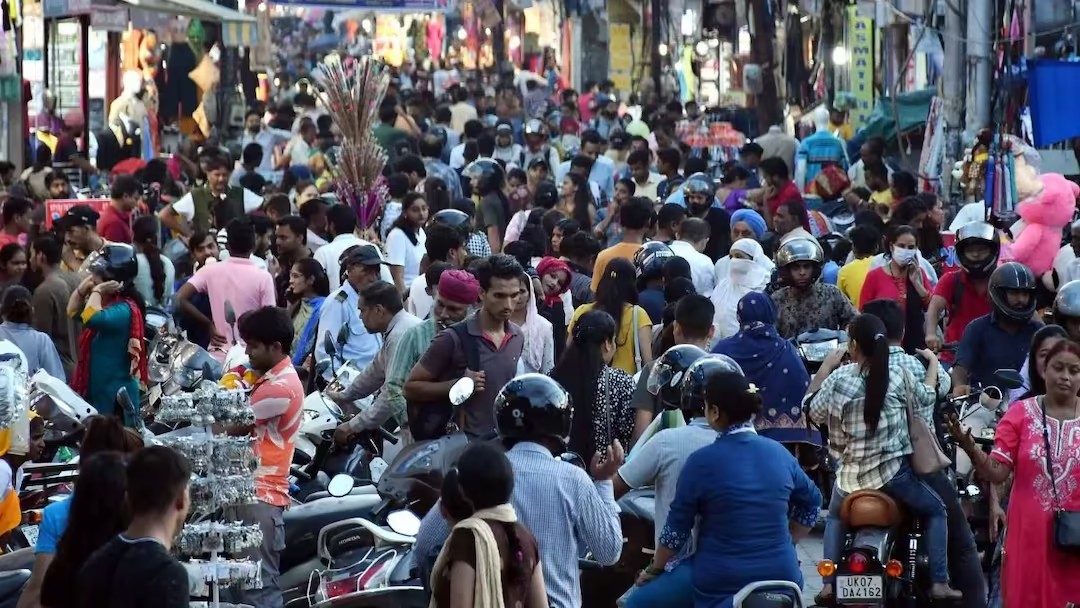
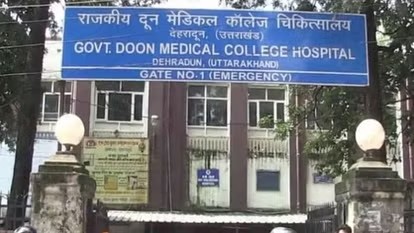



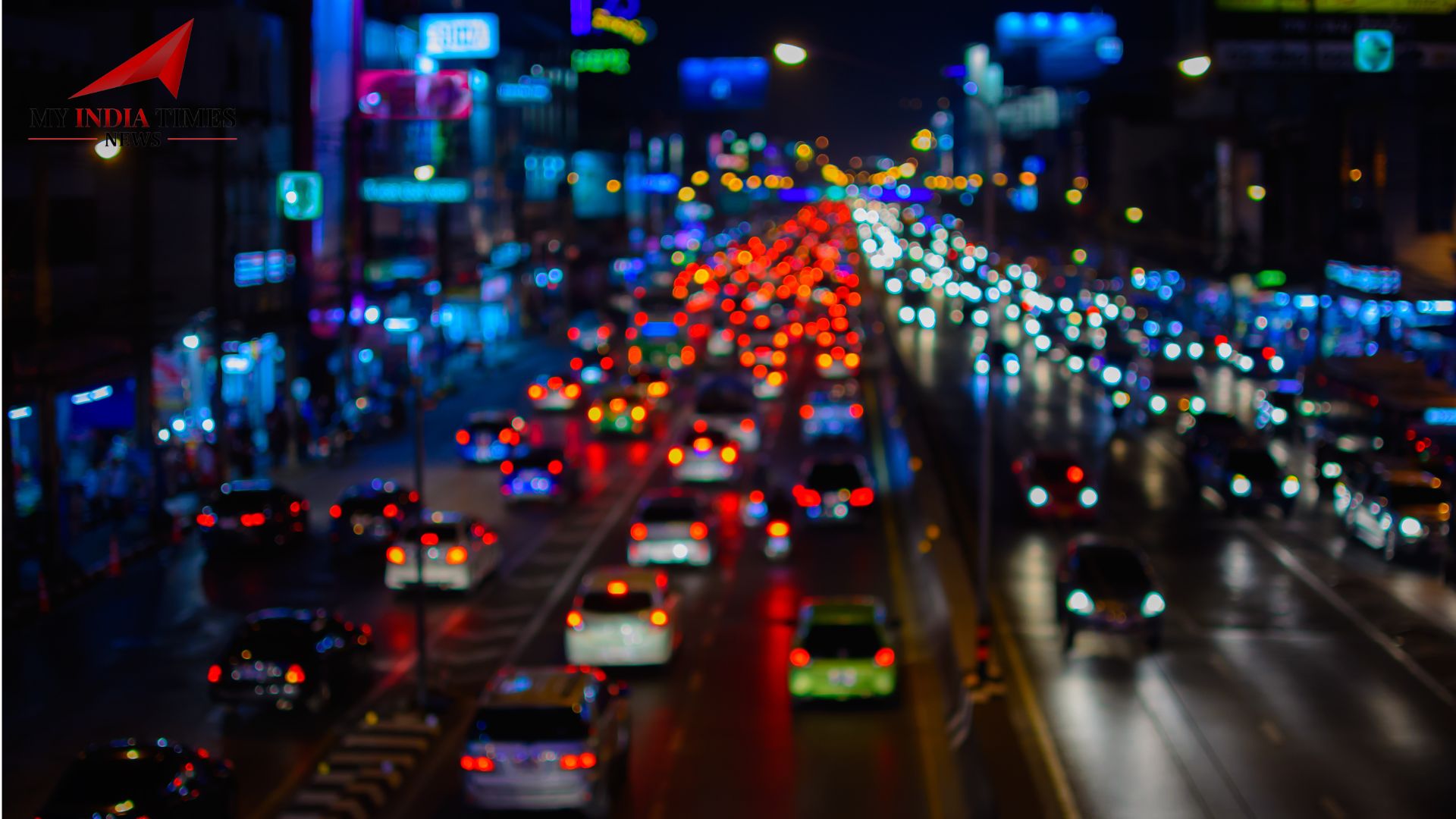

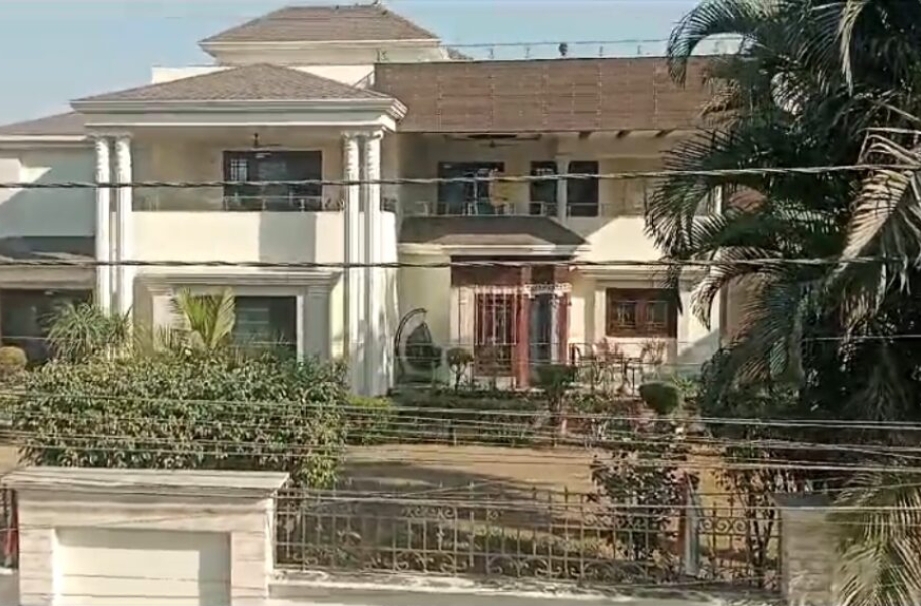

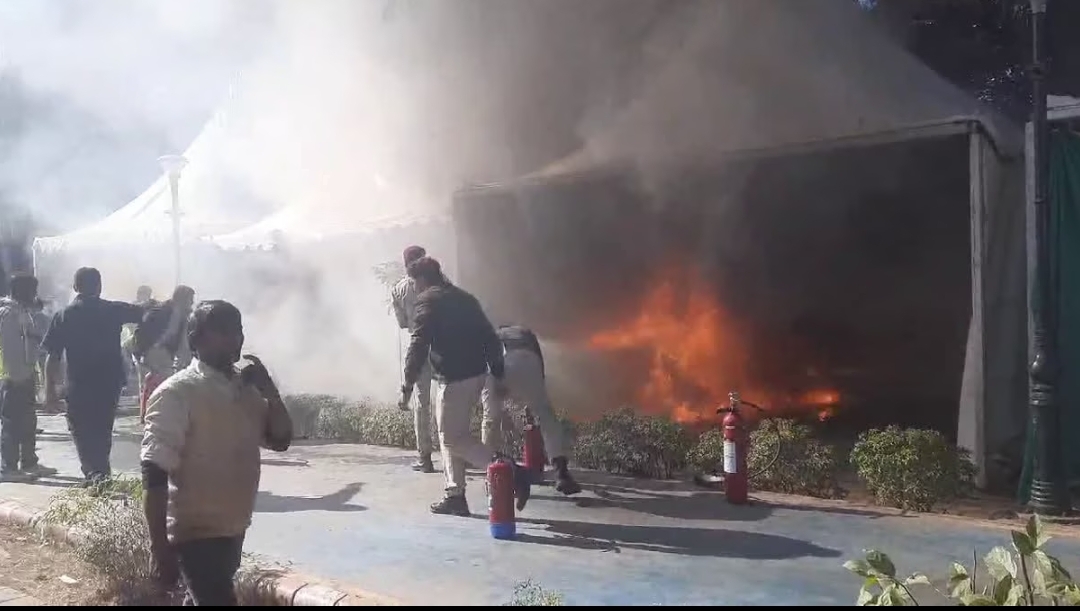

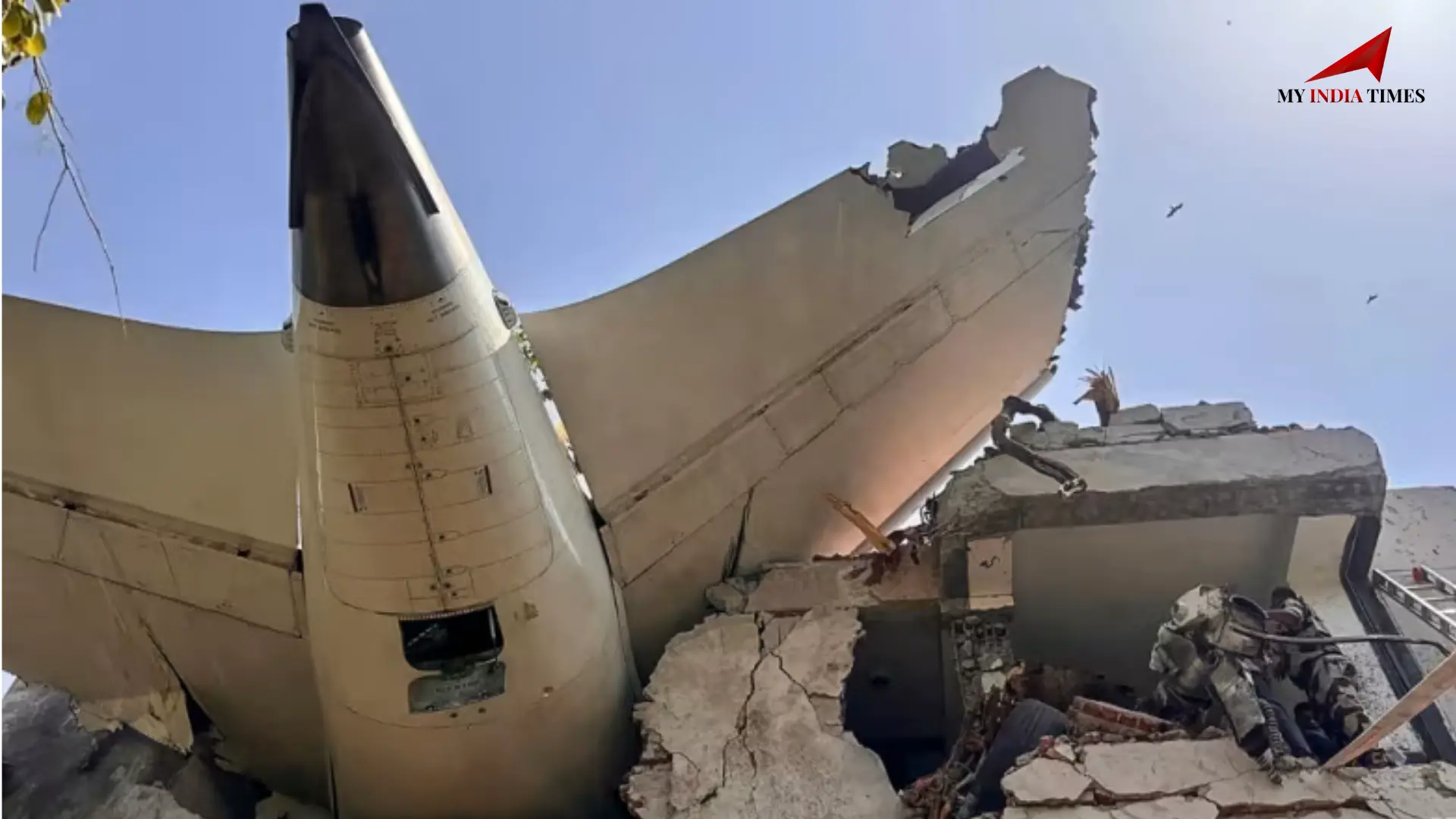




















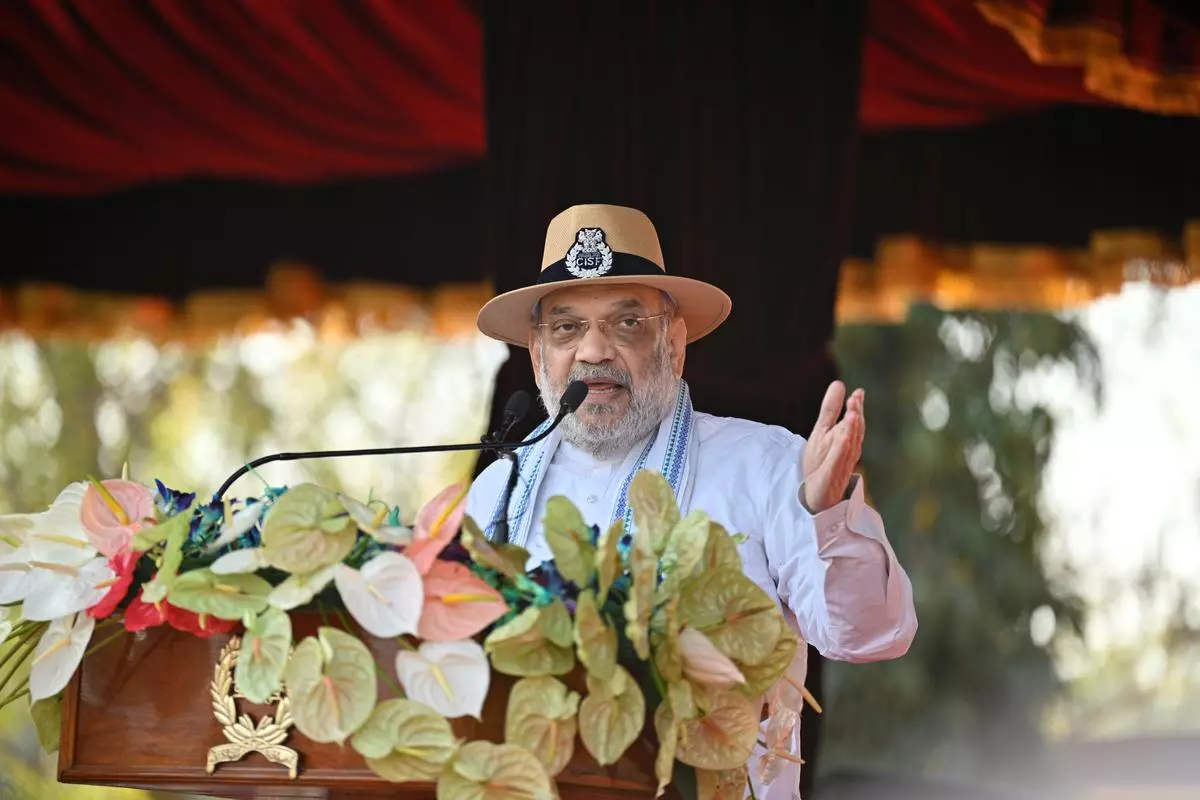






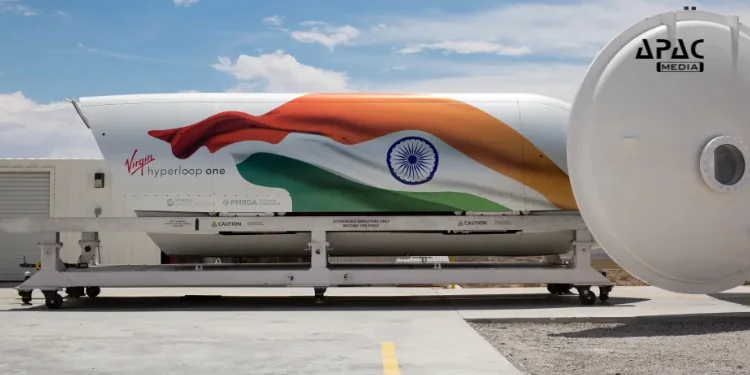



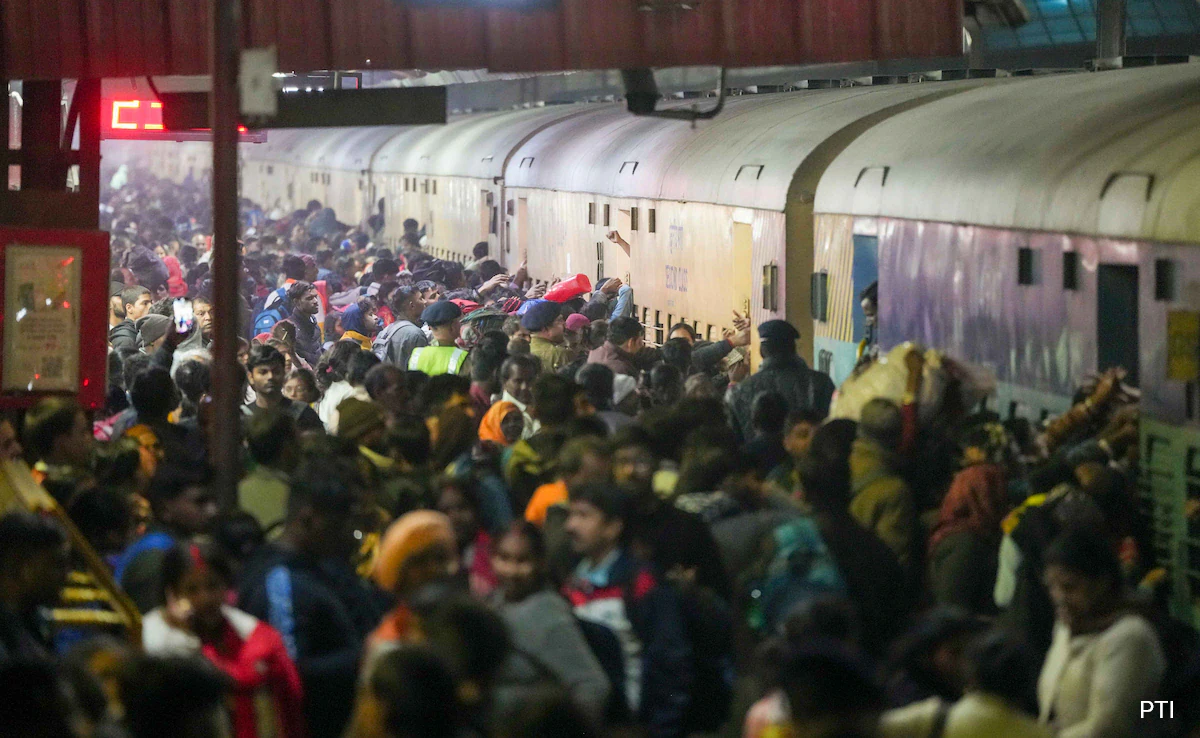
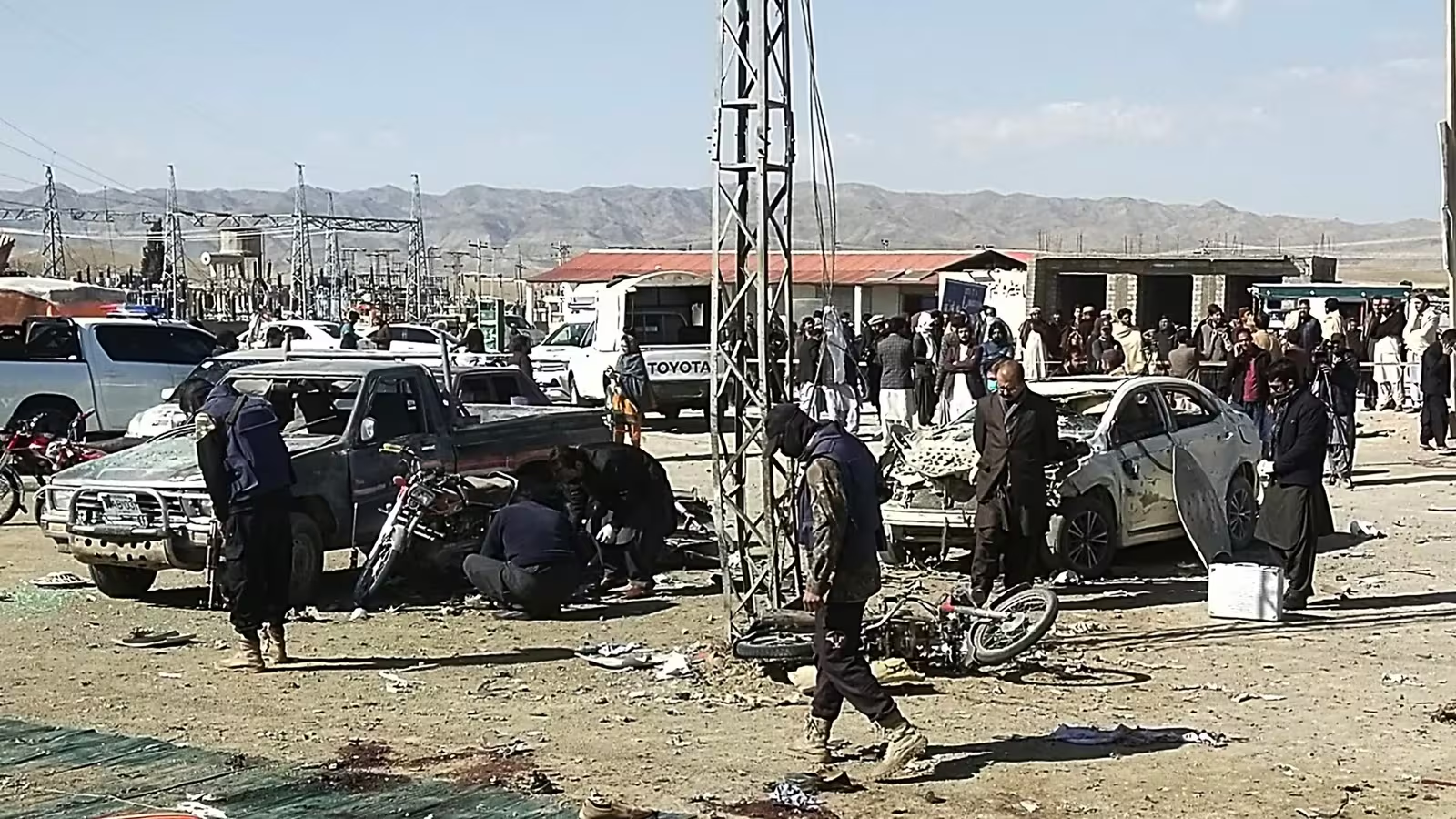



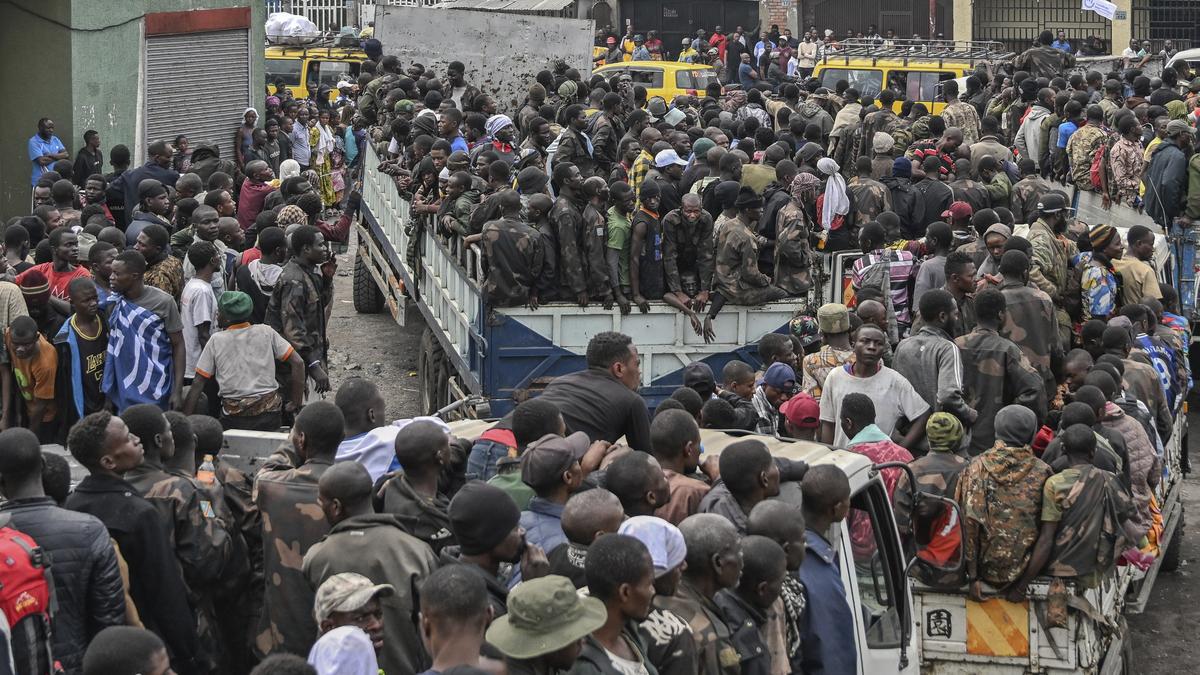
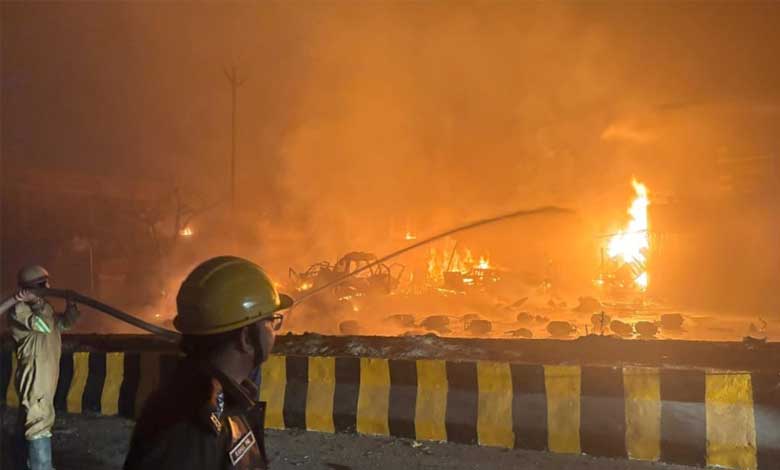




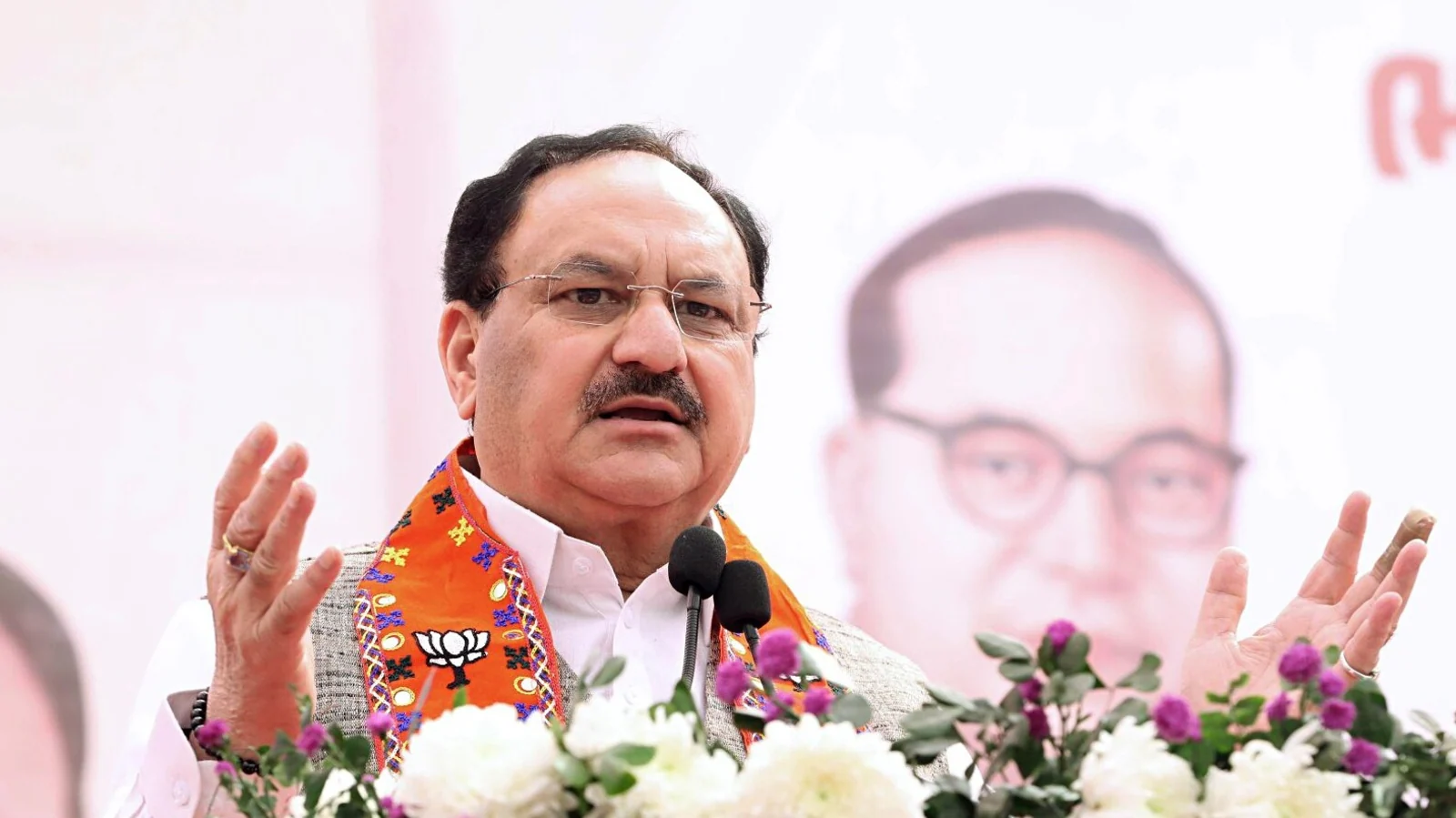



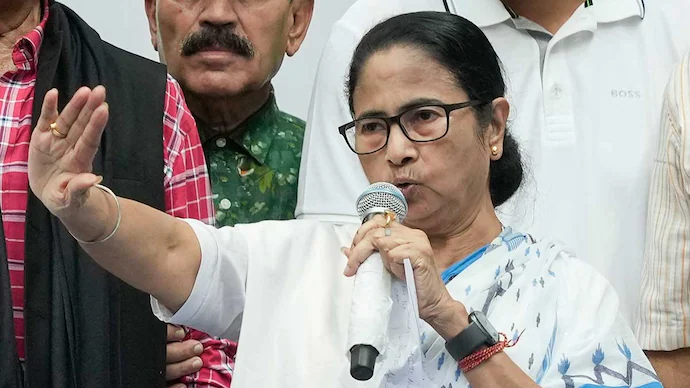


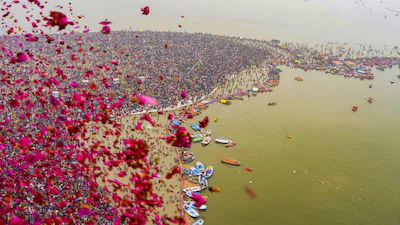
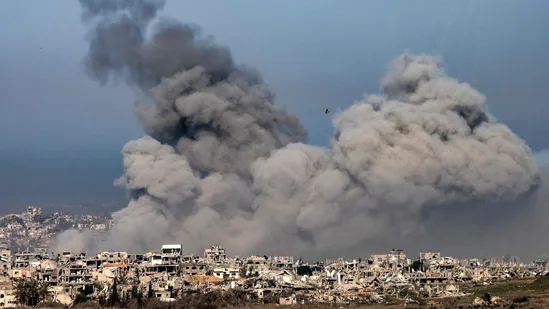
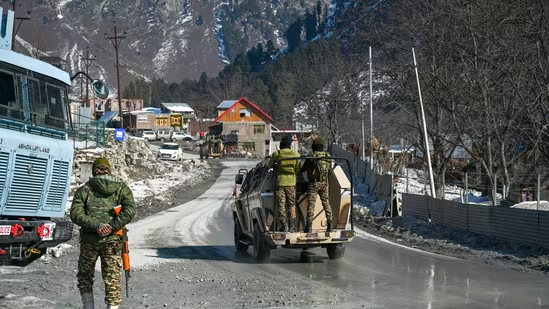

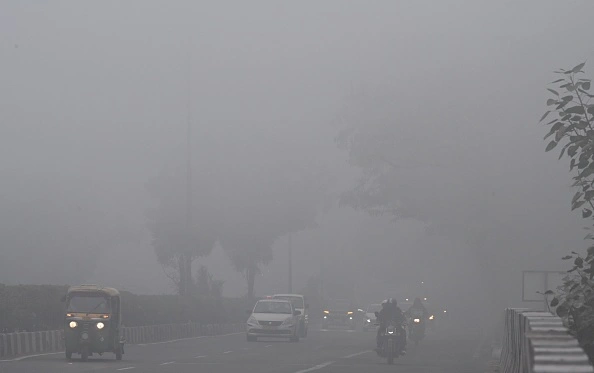

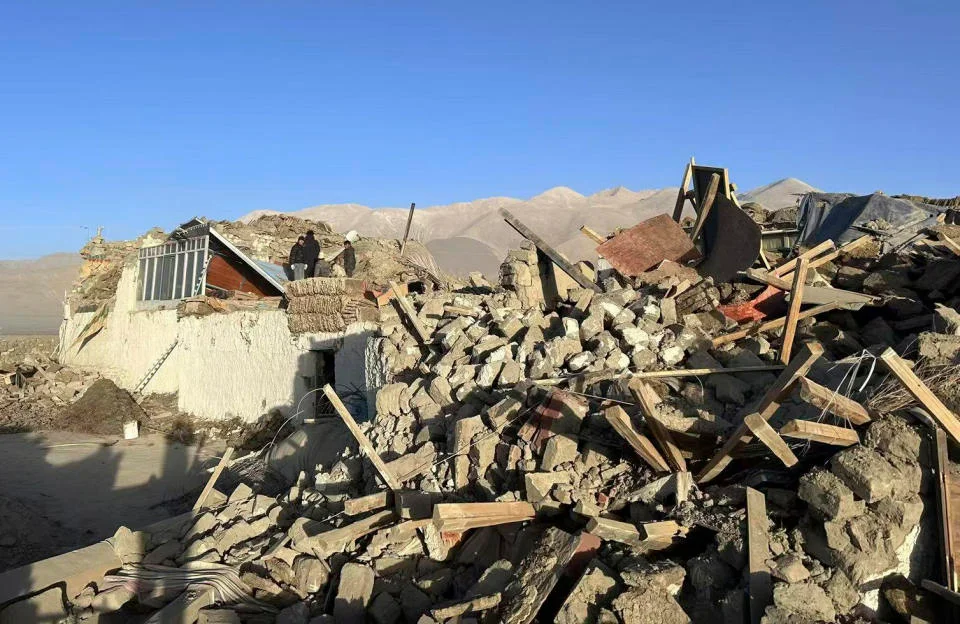




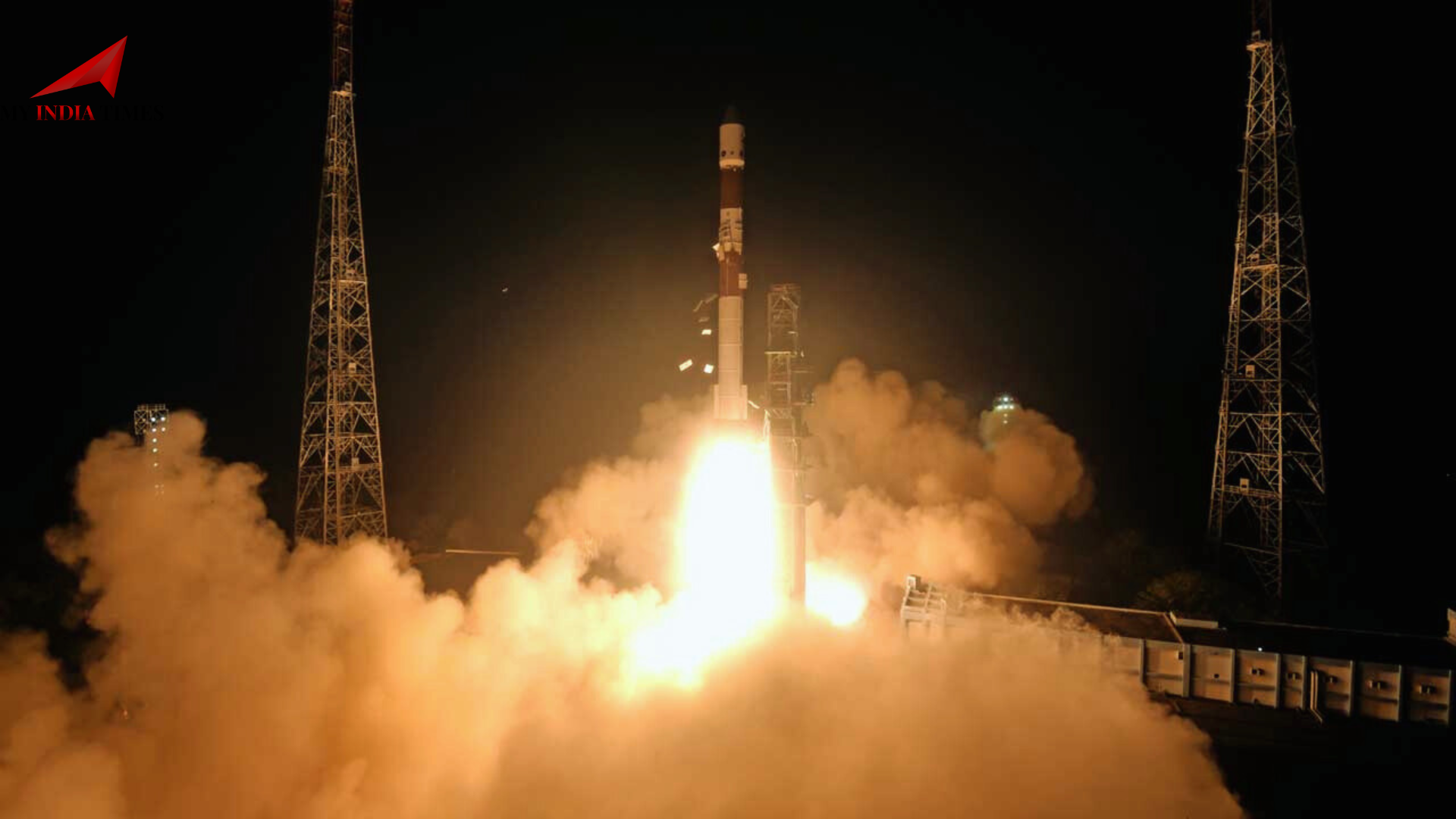



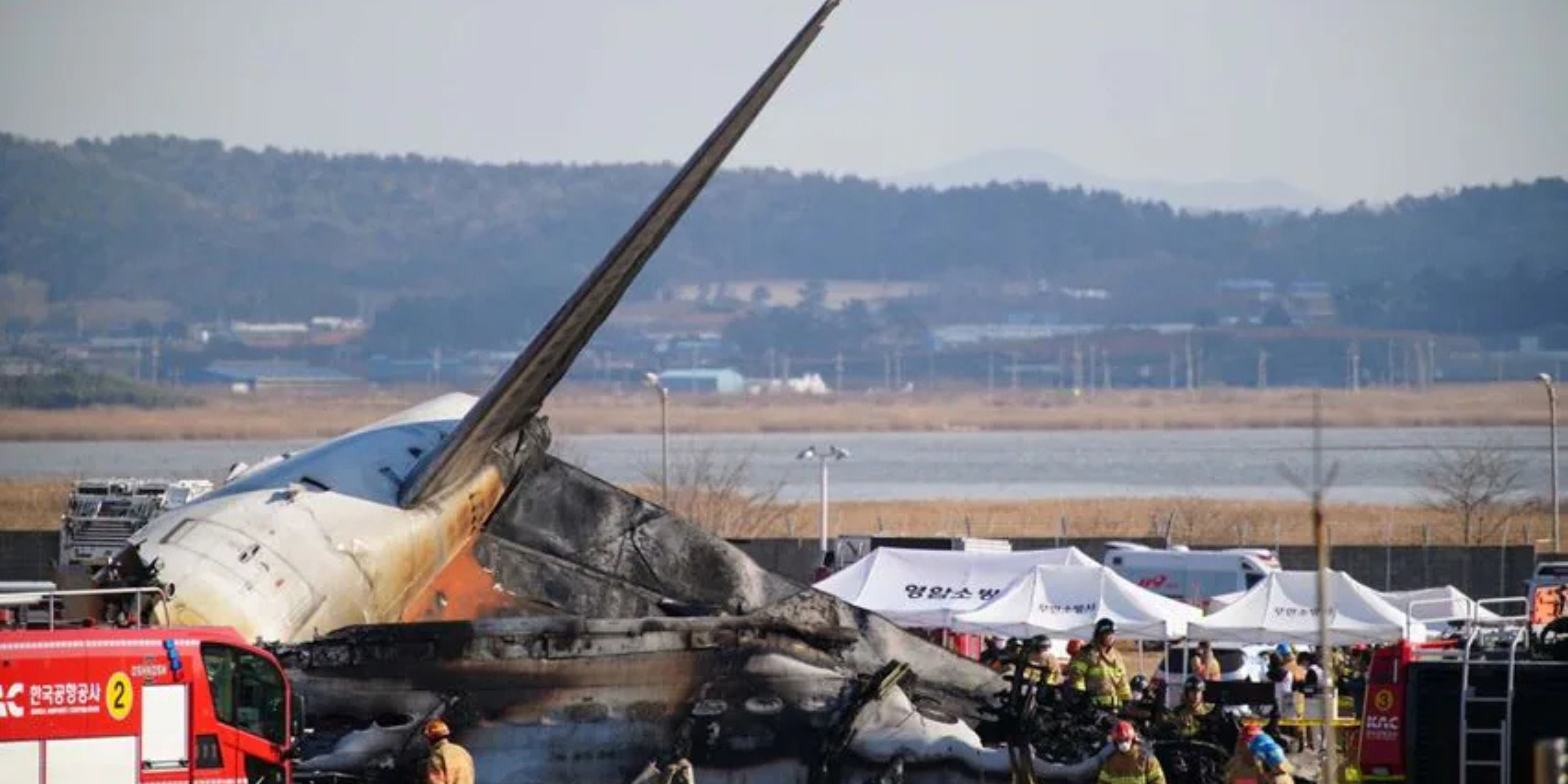

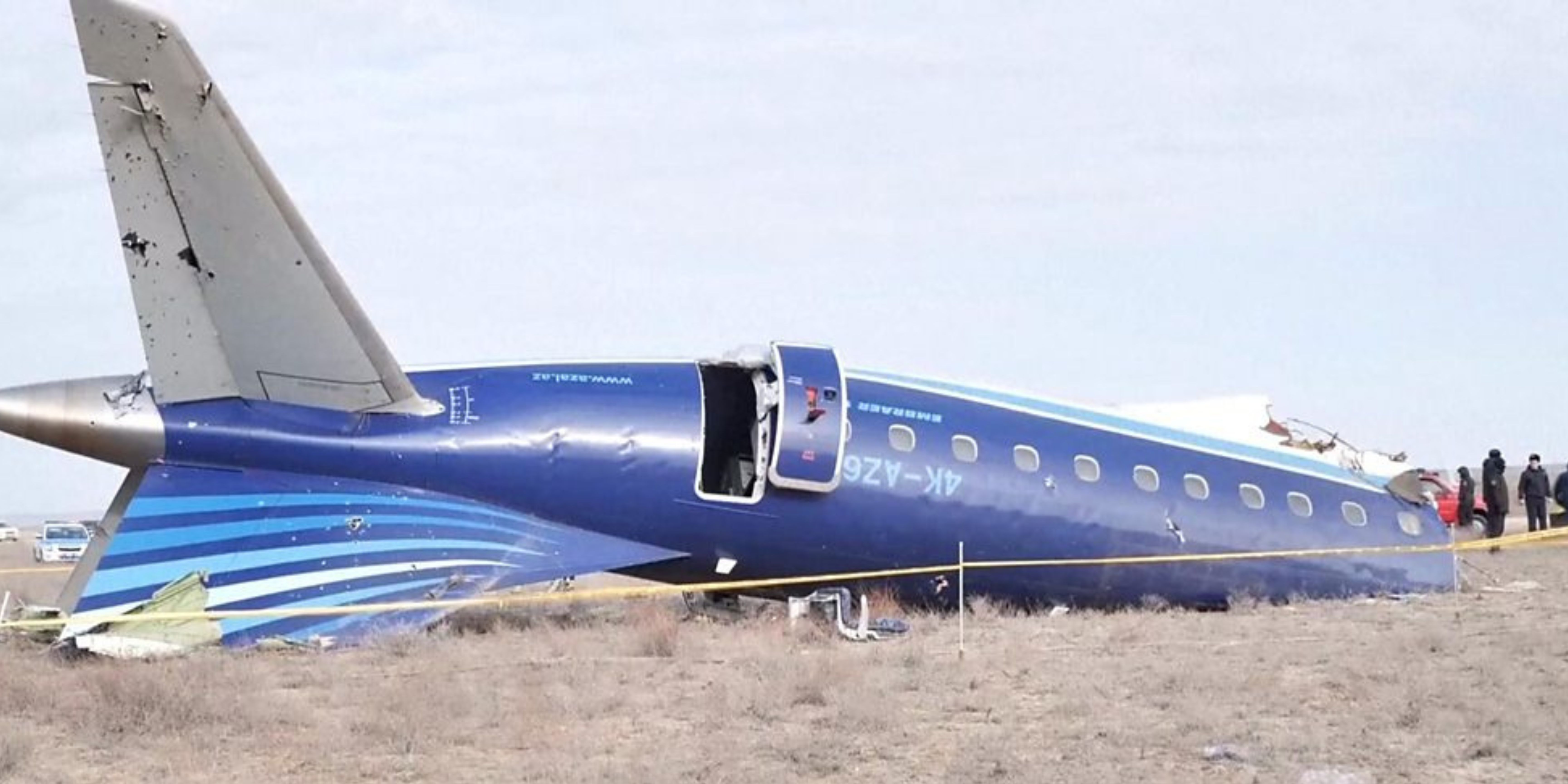



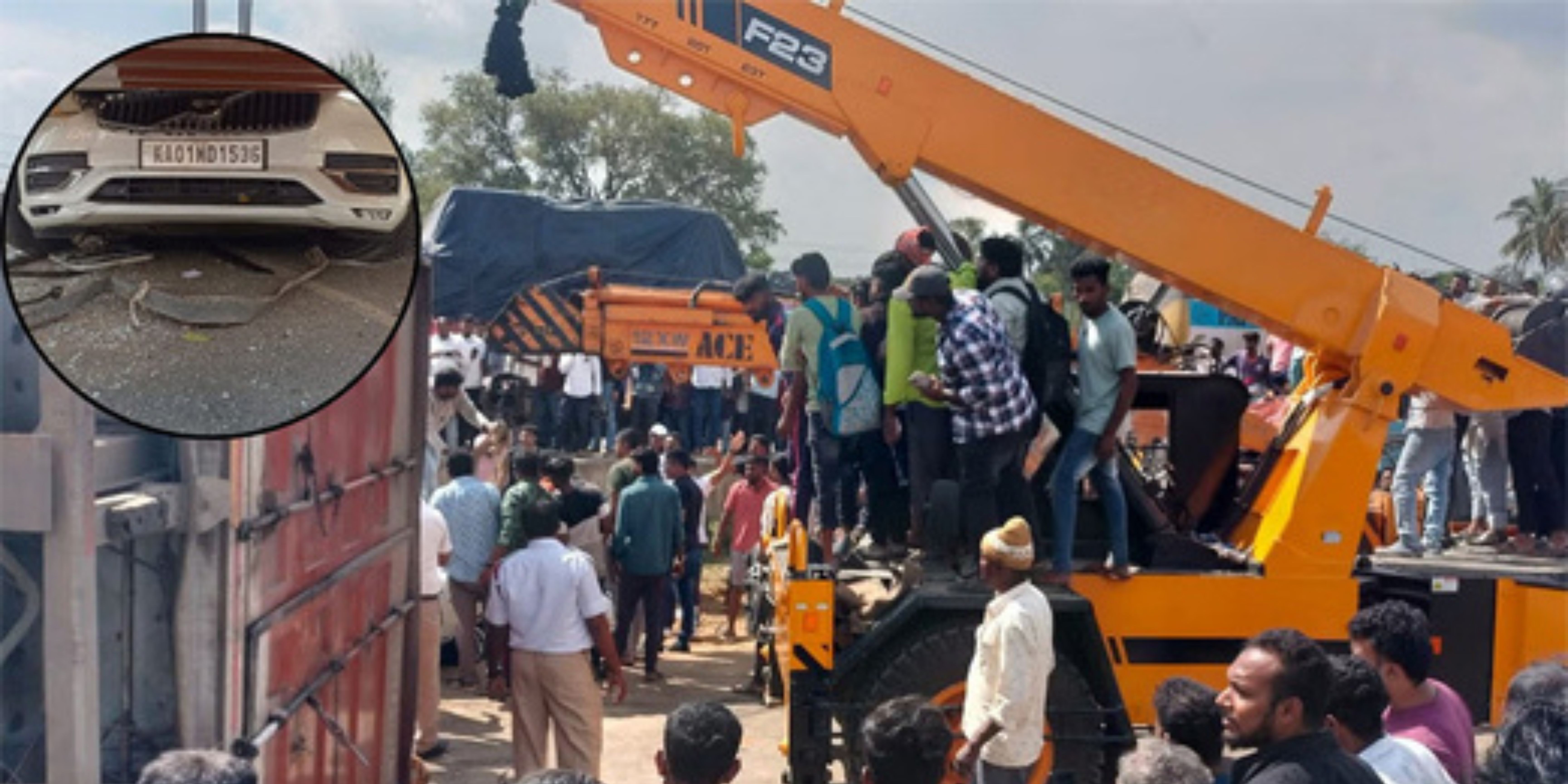




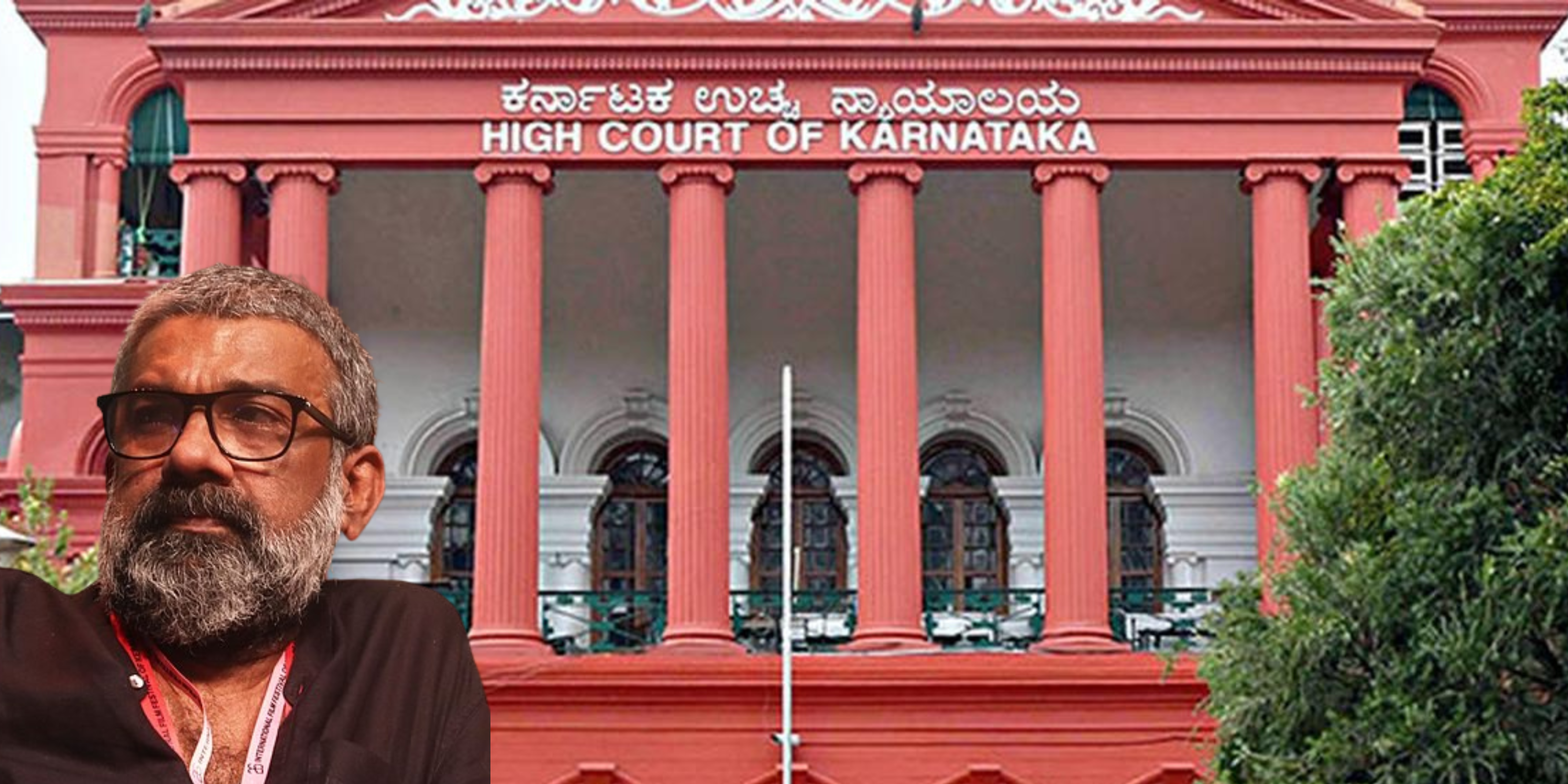
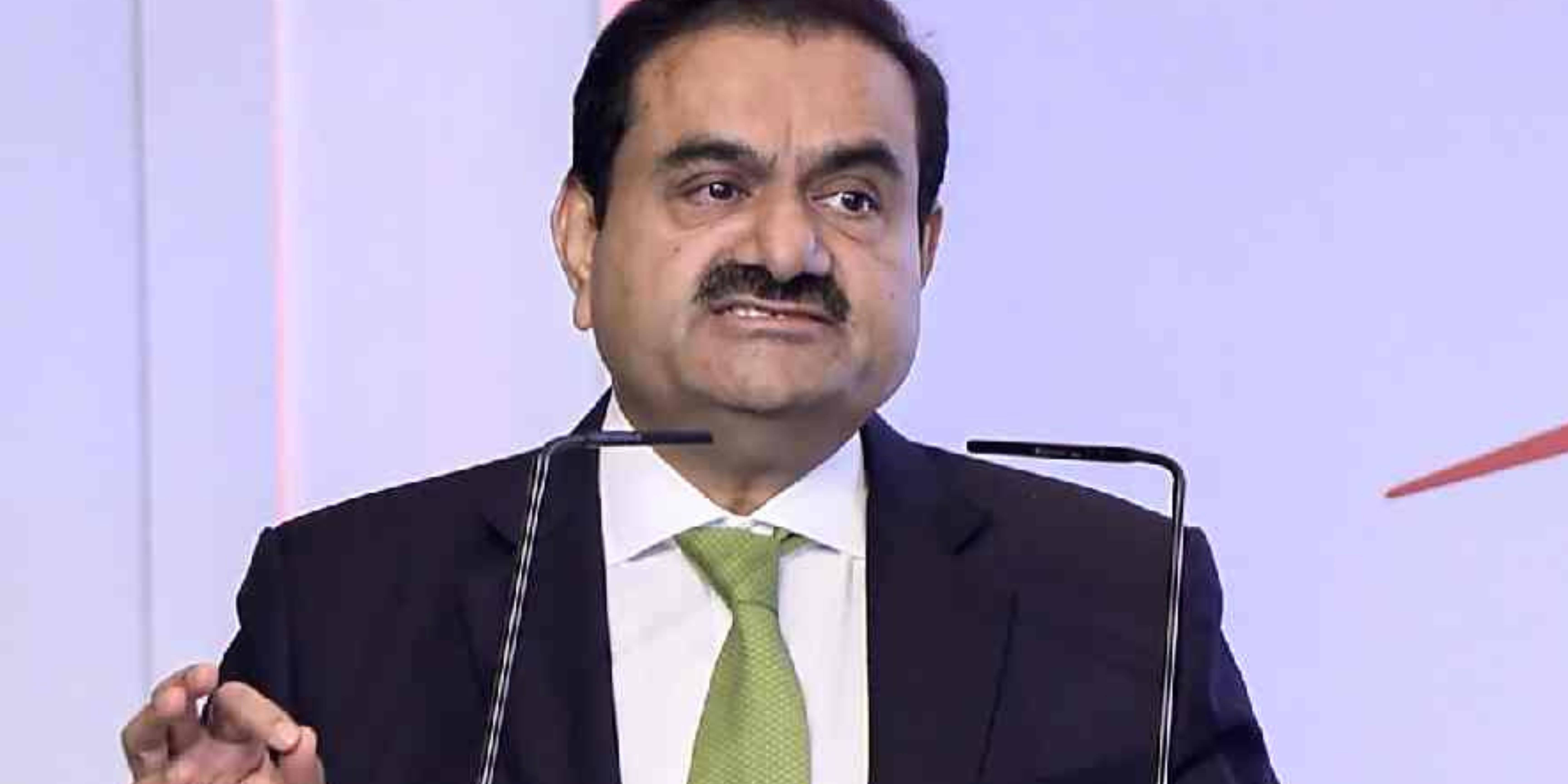
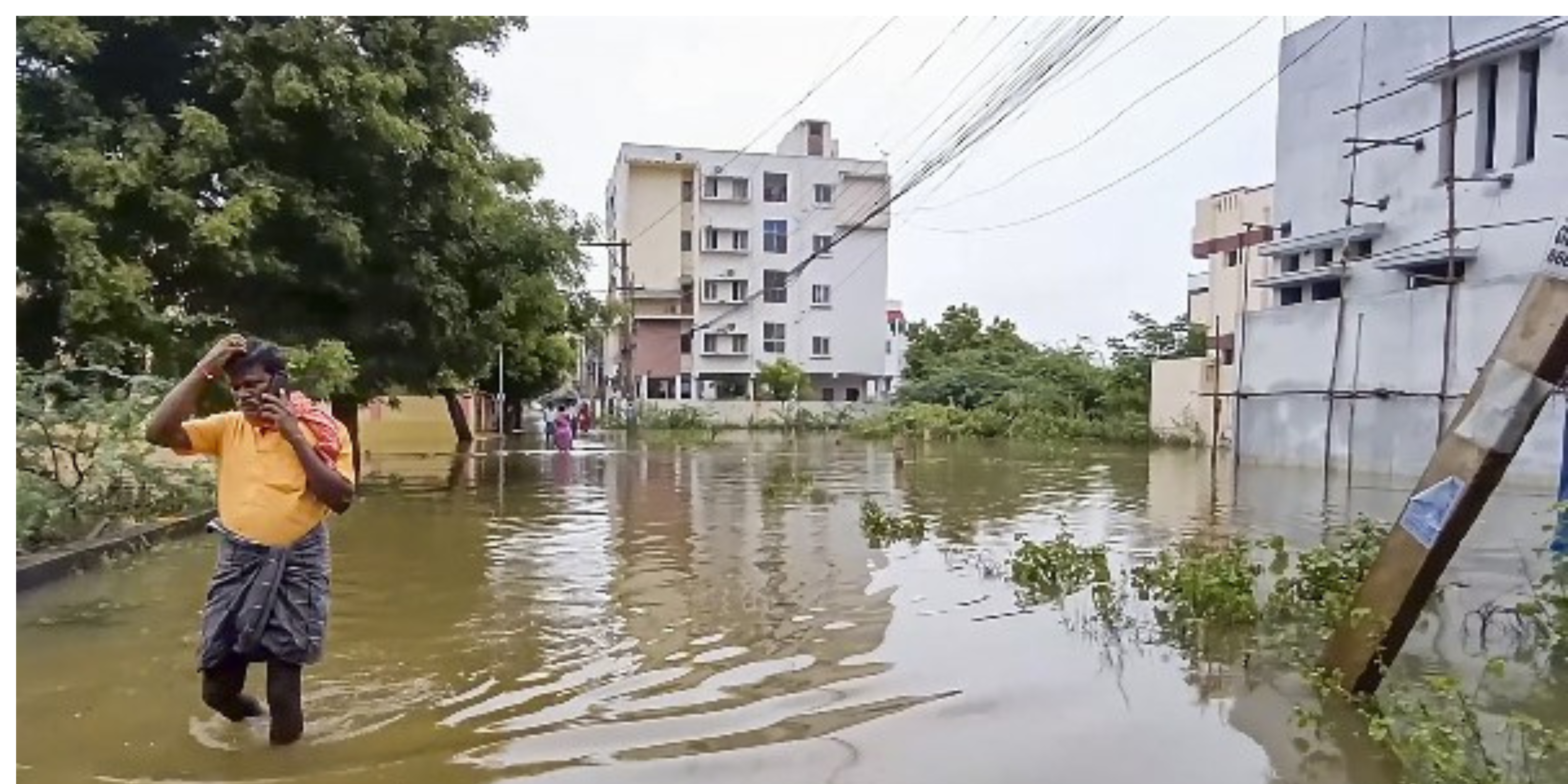
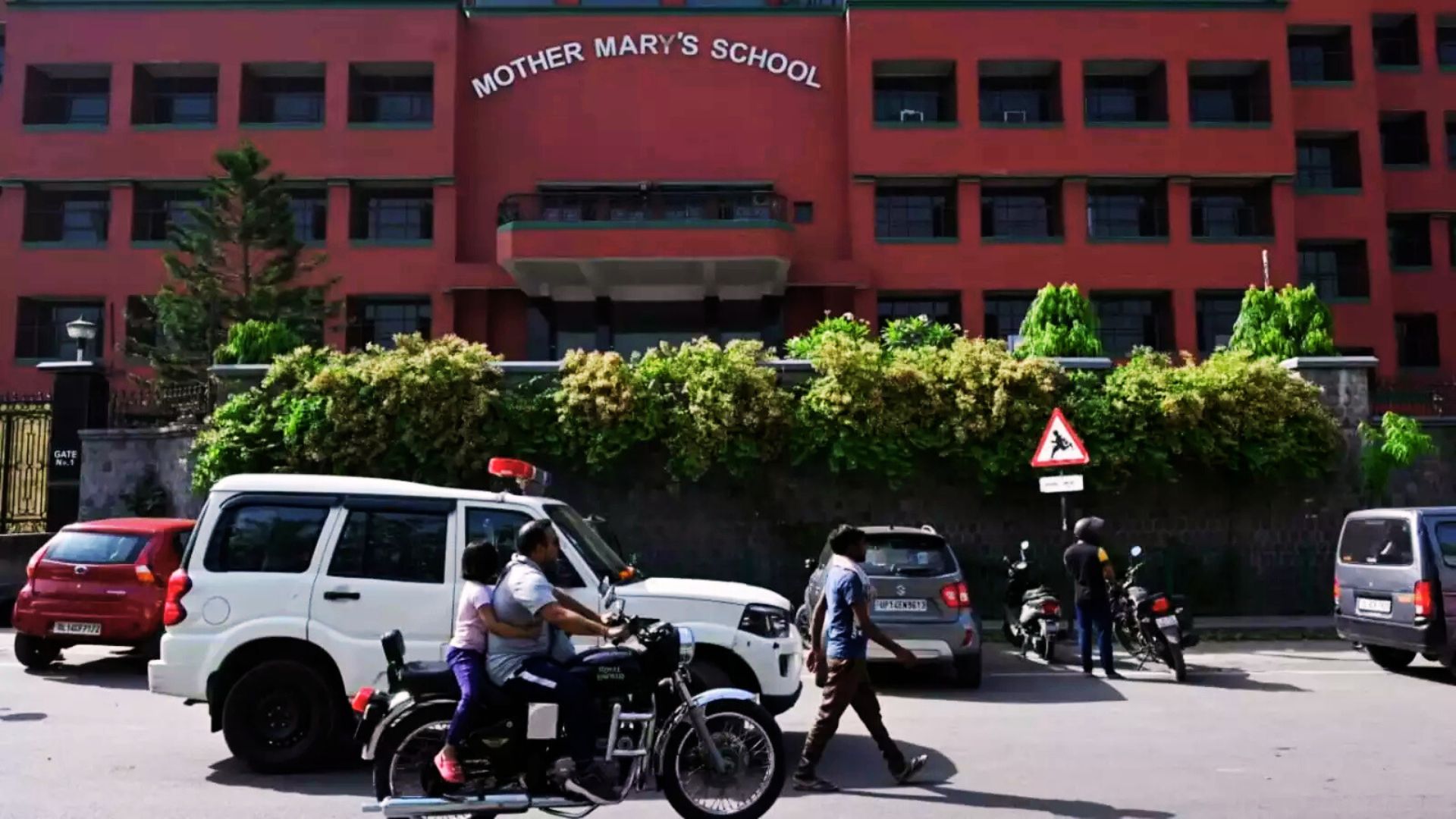

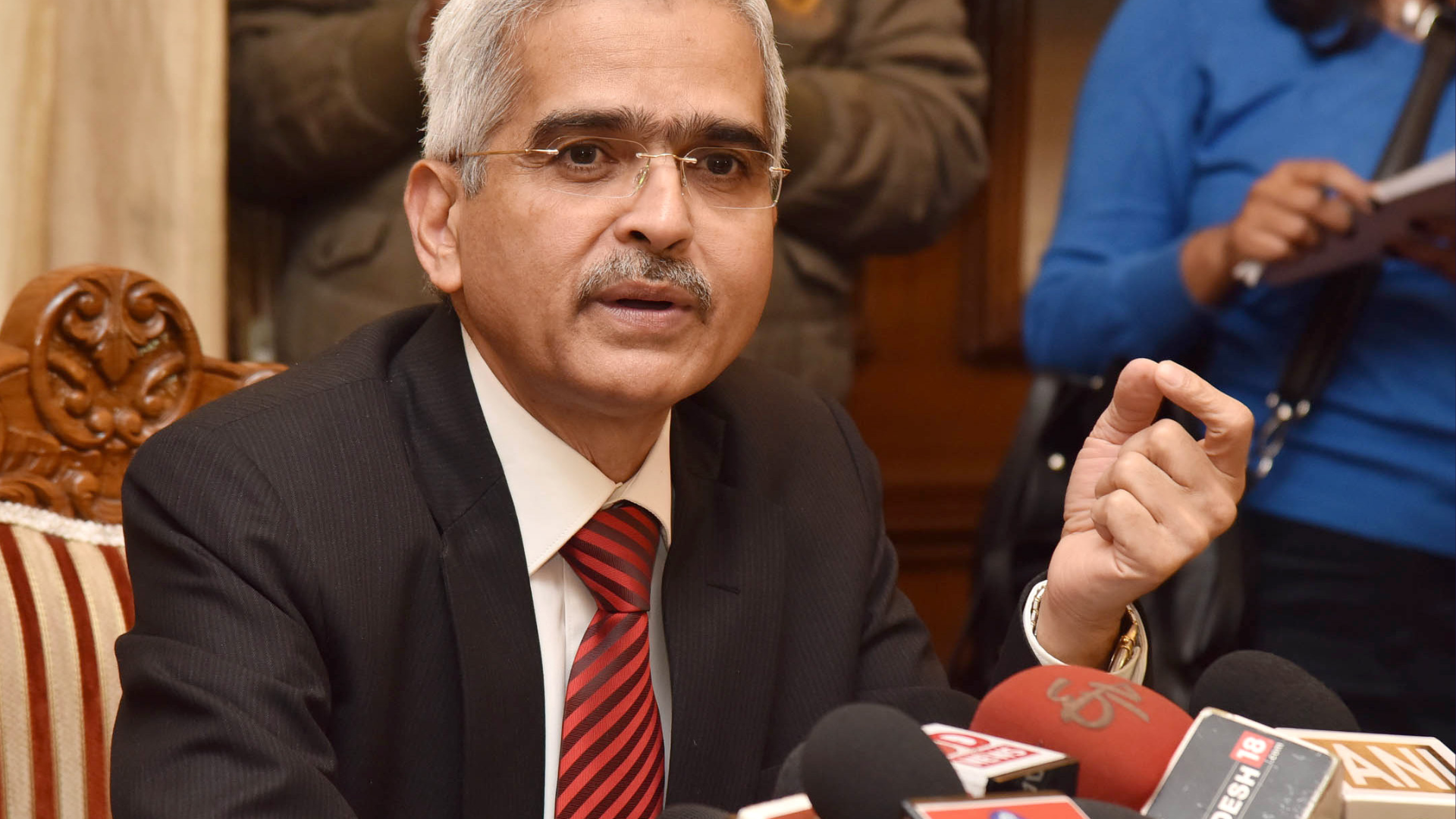
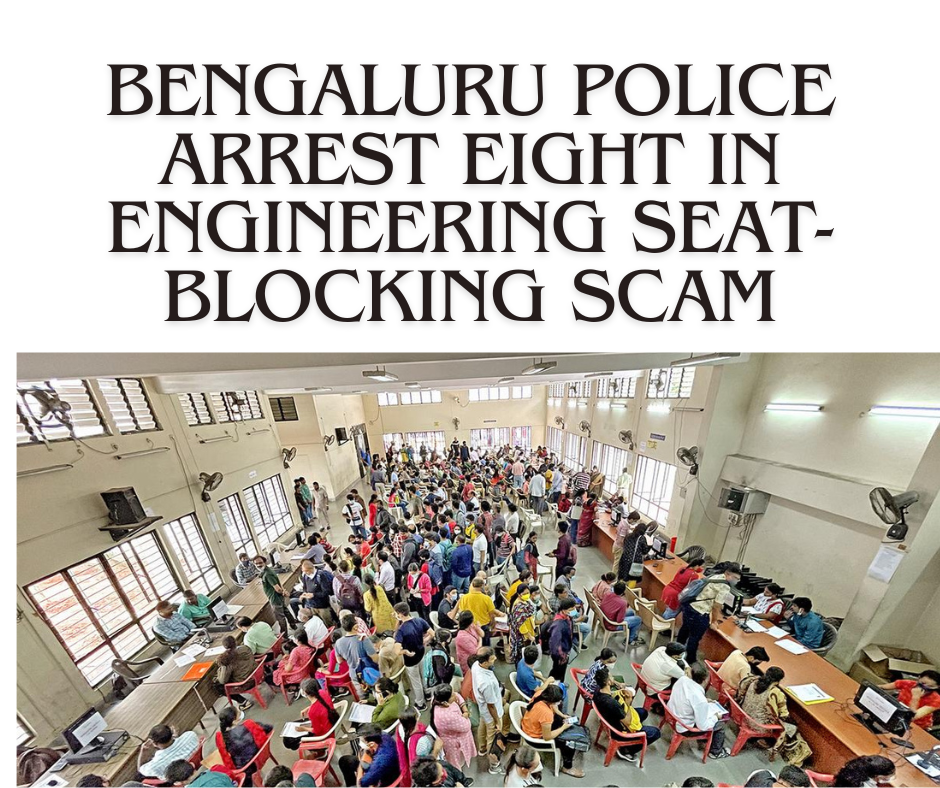


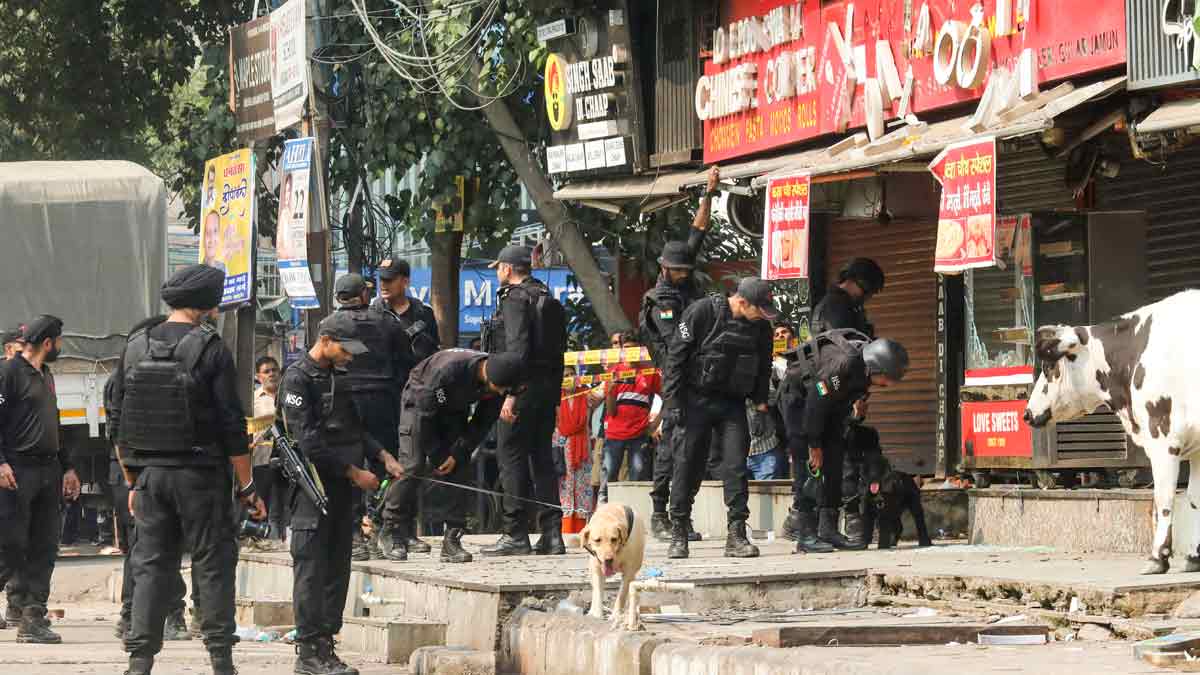



.png)
 (1).png)
